Your building’s respiratory system
February 9, 2025 at 10:00 a.m.By Dani Sheehan.
If your facility’s HVAC system is aging or you’re noticing humidity and air quality concerns, you may need to assess your system’s condition and consider restoration as a cost-effective solution.
Your HVAC system plays a more critical role in maintaining a comfortable and healthy indoor environment than you may think. Beyond temperature control, properly functioning air handlers directly impact indoor air quality (IAQ), influencing everything from occupant health to operational efficiency. Yet, many commercial property owners and facility managers overlook the long-term maintenance strategies that can extend the lifespan of their air handling units and prevent costly repairs. In a recent AskARoofer™ podcast episode, Lauren White sat down with Ryan Gottermeier, director of field operations at Pure Air – a subsidiary of Weatherproofing Technologies Incorporated – and Frank Santini, director of sales, to learn more about extending the life of your HVAC system.
Think of the air handler as a building’s respiratory system – they regulate air flow by bringing in fresh air while cycling out stale, contaminated air. Without proper filtration and upkeep, these systems can deteriorate over time, leading to poor air quality, moisture buildup and even mold growth.
Common HVAC issues that impact indoor air quality
1 – Aging or deteriorating insulation
Older air handlers often contain fiberglass insulation that, over time, becomes contaminated with dust, moisture and debris. Frank explained, “Particularly in the case of older air handlers, you’ll have a situation where the exposed fiberglass insulation can become moist and dirty from lack of maintenance. That can be an excellent substrate for mold growth.” As mold proliferates, spores can circulate through the building, leading to musty odors and potential health concerns for occupants.
2 – Filter bypass and poor airflow
Even with routine filter replacements, HVAC systems can suffer from filter bypass – where contaminants slip past improperly fitted or maintained filters. This allows dust, debris and mold spores to enter the ductwork and indoor spaces.
3 – Moisture intrusion from rooftop units
For facilities with rooftop HVAC systems, water intrusion is another major concern. If an air handler isn’t properly sealed or waterproofed, rainwater can enter the system and contribute to excessive humidity inside the building. Ryan warned: “Water goes through that air handler into the building, it causes humidity or water, which leads to mold. So, waterproofing and preventing those humidity issues internal to the building are a huge focus for indoor air quality.”
Proactive maintenance and restoration
Rather than waiting for an HVAC failure or investing in a full replacement, a preventative approach can help property owners get more life out of their existing equipment. Ryan emphasized the importance of monitoring system performance over time: “A preventative maintenance program is obviously the first line of defense. A doctor would tell a patient to eat healthy – have a maintenance program on your air handling equipment and make sure that they’re operating efficiently.”
Indoor air quality and HVAC system longevity go hand in hand. By investing in proactive maintenance, waterproofing and restoration, building owners can avoid unnecessary replacements and create a healthier indoor environment.
Read the transcript or Listen to the podcast to learn more about assessing your HVAC system’s condition.
Have a question? AskARoofer.
Find your local roofing contractor in the RoofersCoffeeShop® Contractor Directory.
About Dani
Dani is a writer for The Coffee Shops and AskARoofer™. When she's not writing or researching, she's teaching yoga classes or exploring new hiking trails.
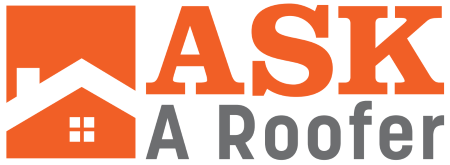
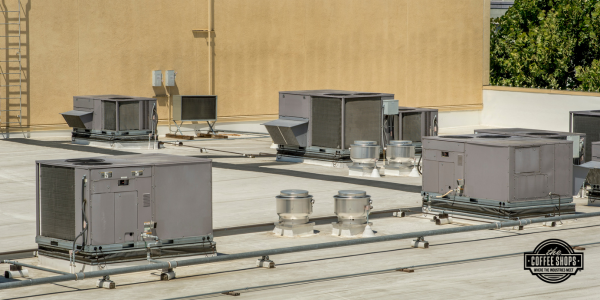
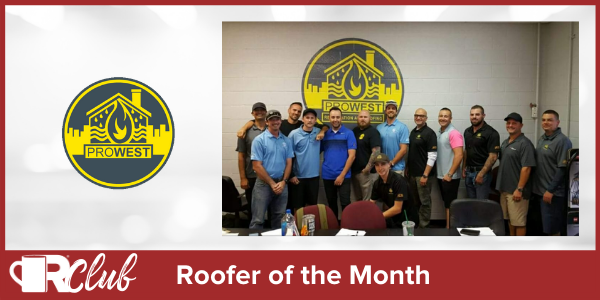
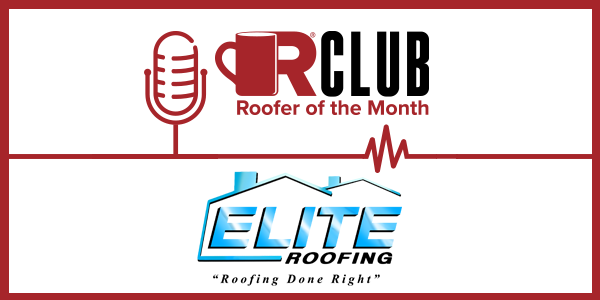


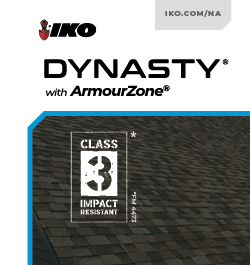


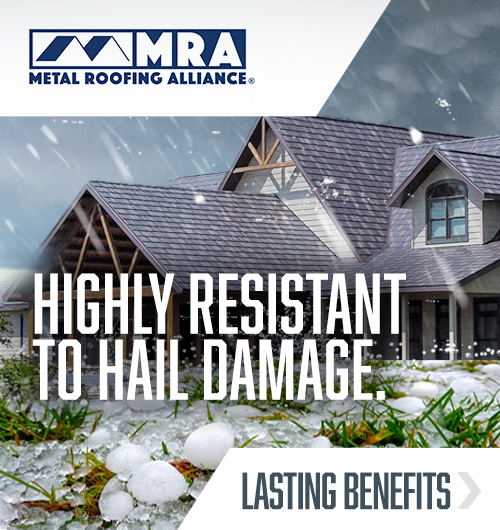
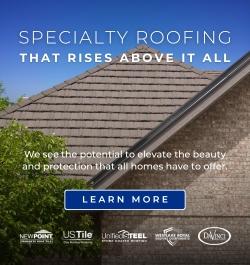
Comments
Leave a Reply
Have an account? Login to leave a comment!
Sign In